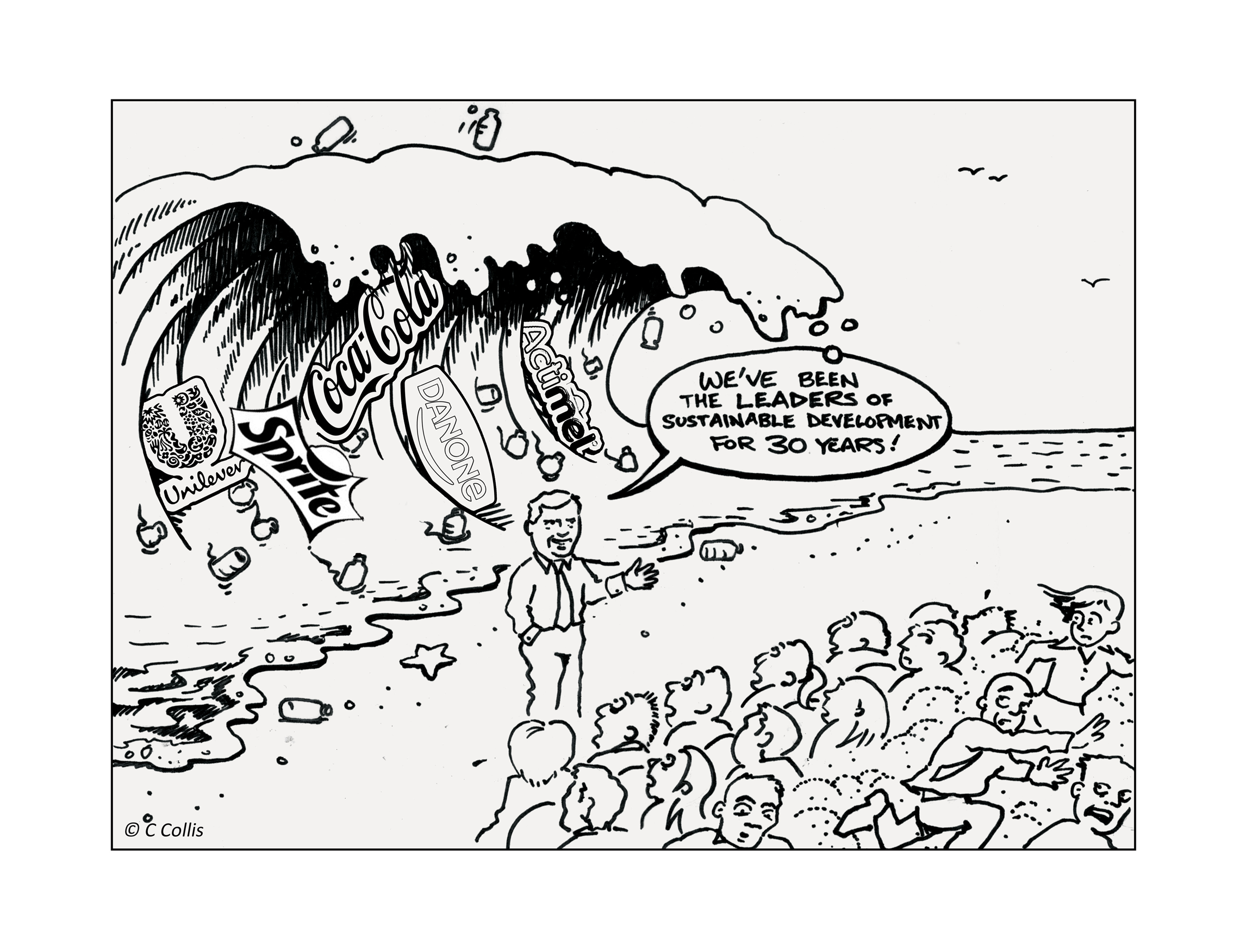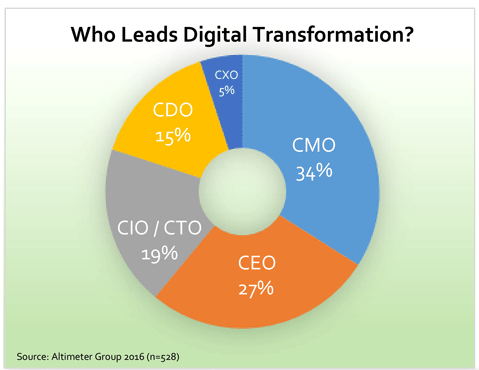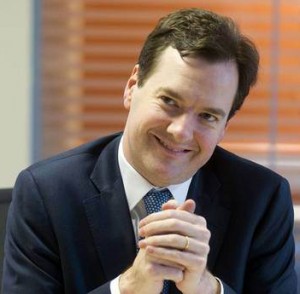The role of a commercial marketer is to join the dots …its the difference between being the support act or the leader.
Following Asda’s appointment of Barry Williams as Chief Customer  Officer, the marketing press this week has been angsting about the rise of marketing leaders without “a traditional background in Marketing”.
Officer, the marketing press this week has been angsting about the rise of marketing leaders without “a traditional background in Marketing”.
Rather than see this as usurping some natural right of brand marketers to progress to global leadership, perhaps the “traditional Marketing” community should take a closer look at the key drivers of any business in which they wish to progress (-generally that’s profitable growth); and whether they are developing a skill-set to deliver those needs.
The real question here is “What is the role of the Marketer in a commercial business” ? The CIM definition calls marketing a “management process… to satisfy customers’ requirements profitably”(*¹). This definition recognises marketing’s role as fundamentally “Commercial”.
The truth is that too many so called “traditional Marketers” have been brought up in a silo of marketing communications: developing creative advertising and other collateral, recently obsessed by the shiny new toys of digital media. While nowadays this comes with an expectation of a return on investment calculation, there remains a perceived disconnection from the commercial realities of the business.
Sales teams are famously suspicious of Marketers and a few weeks ago, the press was reporting that many CFOs see Marketers as weak and fluffy(*²). This comes as no surprise, when many marcomms specialists fail to demonstrate the success of their activities in commercial language and measures that are easily understood and accepted by the rest of the business.
So, Perhaps it’s time to call time on “traditional marketing” and time to start thinking, “Commercial Marketing”.
The role of the marketing team is not simply to make stylish advertising and a face-book page, nor just to support sales with trade stands, leaflets and POS ; but rather to take the lead in driving the business forward: –
- to identify the consumer segments with the greatest potential for profitability and do a proper need-states analysis.
- to engage production, technical and supply chain, and take the lead in developing relevant, viable, commercial propositions, which meet those consumers needs in the channel and occasion of their choice;
- to engage internal sales teams and provide stories, rationales, and if necessary, resources they can use to drive Presence and Availability in those channels;
- to develop relevant and engaging consumer positioning, tone of voice, advertising and promotional messages which remain consistent at every touch-point; and finally to choose the right media mix for that core consumer and those messages.
- to be meticulous in creating consumer measures which the CFO can buy into, and collecting evidence which demonstrates that your actions are effective and efficient, which can be used to support future proposals, and which you can prove to be drivers of value over time.
Fundamentally, the role of a commercial marketer is to join the dots between all parts of the business and the consumer you’re championing; its the difference between strategy and tactics; between working in a silo or being a team player; between being the support act or the leader.
As far as non-marketers reaching leadership positions, this isn’t new. Marketers have reported to ex-sales “Sales and Marketing Directors” in many businesses since time immemorial. Indeed, the CIM name itself included “Sales Managers” for its first 60 years. Unless we take the lead, meet the needs of our internal customers and demonstrate our worth to the business in a language they understand, then as marketers, we are never destined to get “intergalactic president” onto our business card.
Finally, I don’t know Barry Williams personally , but his history in Asda (and Musgraves) gives him a clear view of the expectations of the business and its place within Walmart’s global business strategy. His lack of traditional Marketing skills have undoubtedly been compensated by bringing in Claire Harrison-Church as VP of Marketing from Premier Foods. Claire herself has risen to leadership not just as a marketer, but as a woman too; so rather than snipe from the sidelines, perhaps the marketing press should be congratulating the new team, and asking the key question, “How will you bring profitable growth to Asda?”
____________________________________________
 Chris Collis is an award winning Chartered Marketer and Director of independent consultancy Marketing Walk.
Chris Collis is an award winning Chartered Marketer and Director of independent consultancy Marketing Walk.
____________________________________________
(*¹) CIM (Chartered Institute of Marketing) Definition: “Marketing is the management process responsible for identifying, anticipating and satisfying customer requirements profitably”.
(*²) I won’t enter here what many marketers think of CFOs, because it’s probably unprintable – I’ve been fortunate enough to work with some exceptional finance directors over the years, but I’ve also seen my share of grey-uninspiring-unimaginative-bean-counters along the way. It’s always tough when you’re in a room with five other people, where all six think they can “do marketing”.
************************************************









